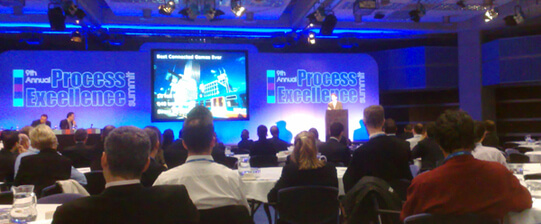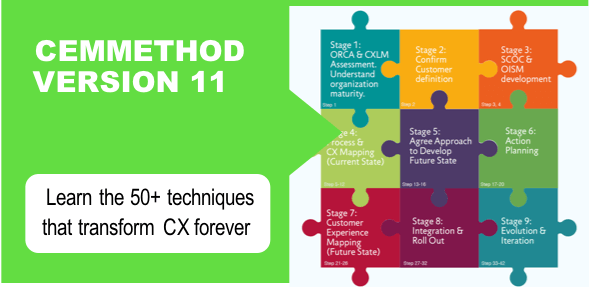
Where do I start?
I was keynoting a conference in Europe recently, and senior executives in the room were getting the rationale behind moving Outside-In. However, there seemed to be two perplexed groups in the place.
One was what a refer to as the ‘traditional process guys’, and the other ‘the customer is first people’, and interestingly they both asked the same question “Where do we start?”
My honest and most direct answer is “You do not have a choice. You have got to start where you are and go from there!” OK, I get what you’re thinking, how could they take that away and begin to transform their organizations?
So, I walked them through TWO distinctly different ways to navigate to Outside-In working and practice, depending on your mindset, enterprise history and maturity. For the two categories of customer in the room, the NEEDS are the same, just the way they navigate to achieving them is different.
What are the Results?
From a results perspective, both approaches focus on winning the triple crown, that is Improving Service, Growing Revenues and Reducing Complexity (and hence lowering costs).
| Approach | Process Engineering | Customer First |
| Focus | Process is the starting point | Starts with Customer Needs |
| Scope | Reengineering the Processes | Aligning everything to Customer Needs |
| Intention | Build out from Process to Department to Division to Enterprise | Articulate Successful Customer Outcomes and Remove the complexity of things that do not contribute to it |
| Benefits | Local wins building to business-wide transformation | Immediate delivery against Triple Crown benefits |
| Executive Buy-in | Slow burn, however when they see the benefits and ‘get it’ the support is significant | Starts at the strategic level so influences everything the organization does |
| Recommendation | If your remit is just ‘improving processes’ this approach will get you their steadily, however, the challenges facing traditional business are seismic so is there time? So, make immediate gains but push hard for more quickly. | By demonstrating the value of ‘customer first’ in terms of the triple crown the enterprise can align quickly and effectively. Importantly avoid the ‘soft and fluffy’ sentiments expressed by many in the customer experience world. |
How can I Implement?
Back in 2006 the BPG launched the CEMMethod™ and built out an approach, using the 50+ techniques based on global next practice from companies like Virgin, Zara, BMW, Zappos, Apple and Emirates. Since then more than 3,000 companies in 116 countries have become accredited and certified to transform their processes and organizations.

Now in version 11, the choice you make in deployment is based on your ambition and remit within the enterprise.
If you are a leader needing to embrace the digital customer ‘Customer First’ leaps out as the main option. Alternatively, if you are in a traditional process-based business (lean, six sigma, BPM etc.) the more conservative ‘process engineering’ approach may be preferred.
You can access the following resources that will help you make an informed choice:
CEMMethod™ – review its potency and pedigree:
www.cemmethod.com
Outside-In The Secret of 21st century companies (free access): http://bit.ly/StevesOIBook
The Accredited Customer Experience Program 2018-19: https://www.bpgroup.org/acxp1819.html
The Certified Process Professional Program: https://www.bpgroup.org/certifiedprocessprofessional.html
I look forward to guiding you to transformation when you are ready!




 Steve is the founder of the Business Process Group (
Steve is the founder of the Business Process Group (
